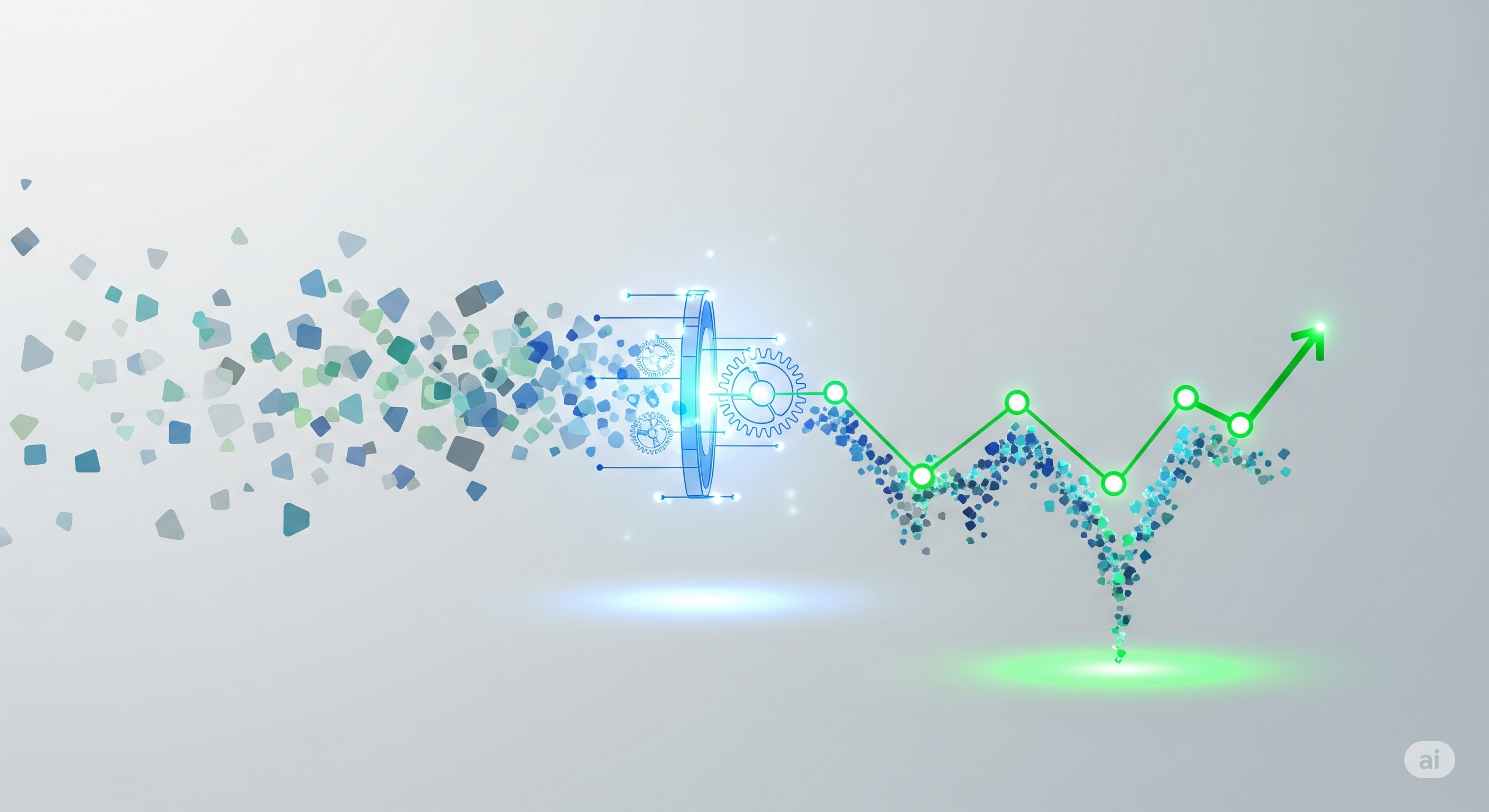Introduction to Artificial Intelligence (AI)
Artificial Intelligence refers to the simulation of human intelligence in machines that are programmed to think like humans and mimic their actions. The term may also be applied to any machine that exhibits traits associated with a human mind such as learning and problem-solving.
Key Characteristics of AI:
- Problem Solving: Ability to find solutions to complex problems.
- Reasoning: Capacity to make inferences based on data.
- Learning: Adapting and improving performance based on experience.
- Perception: Understanding the environment through sensory inputs.
- Language Understanding: Processing and understanding human language.
Types of AI:
AI can be broadly categorized based on capability and functionality.
Based on Capability:
- Narrow AI (Weak AI): Specialized in one area. AI systems that can perform a specific task as well as or better than humans (e.g., virtual assistants, image recognition). This is the current state of AI.
- Artificial General Intelligence (AGI or Strong AI): AI with human-level cognitive abilities across a wide range of tasks. AGI is still theoretical.
- Artificial Superintelligence (ASI): AI that surpasses human intelligence and ability. This is also hypothetical.

Explore further to understand how Machine Learning, a subset of AI, enables these intelligent systems.